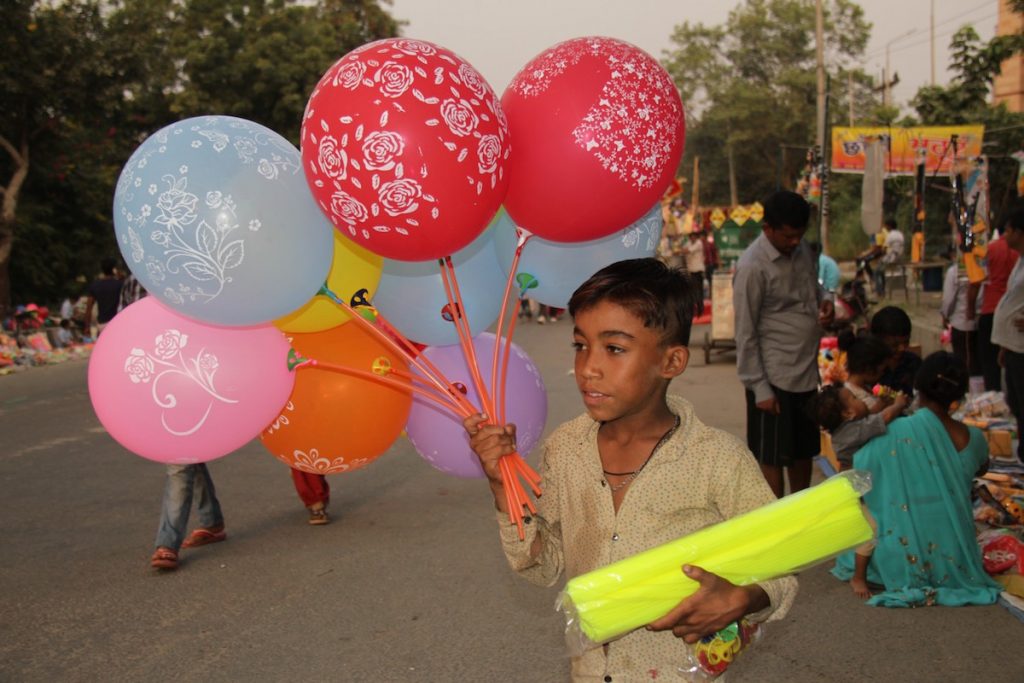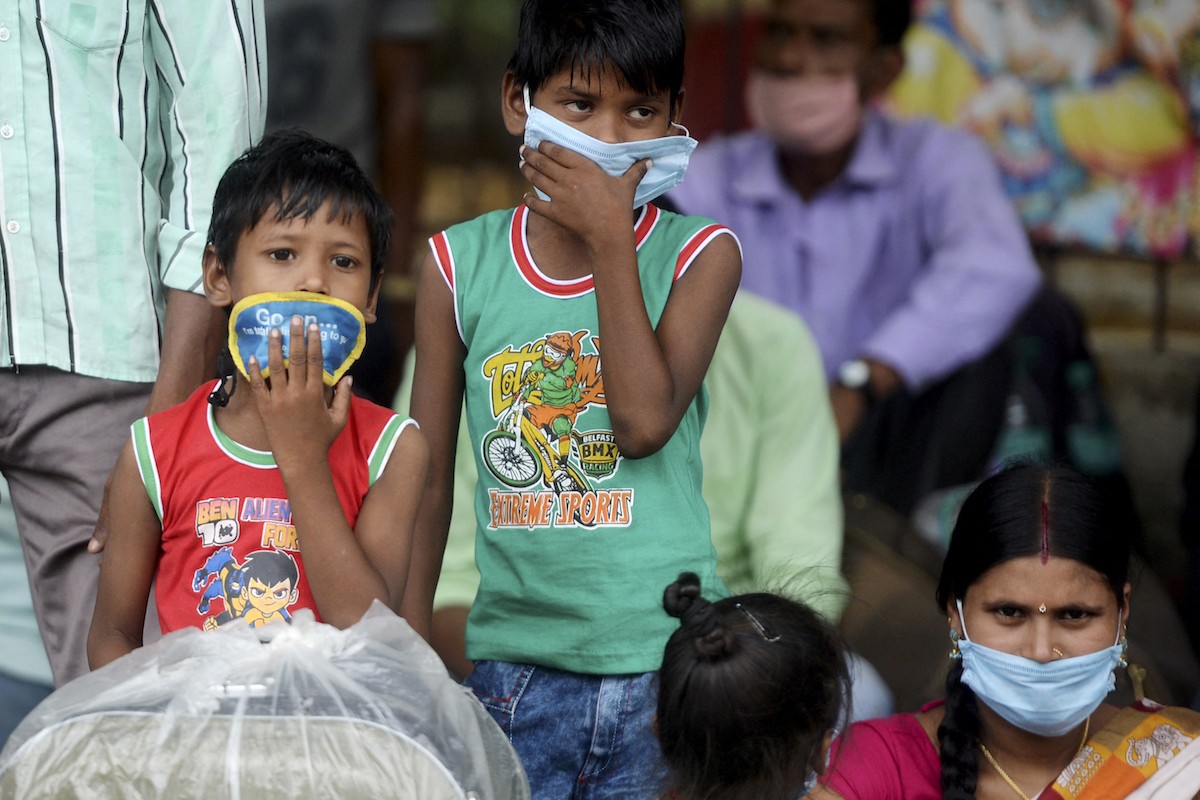Suraj and Rani Dhadkal’s parents were daily wage earners but they were determined to educate themselves and get better jobs. Suraj, 14, dreamt of joining the Indian Navy while his 10-year-old sister wanted to become a teacher.
Suraj’s father had to work hard to get his son extra coaching so he could do well in his studies however the outbreak of COVID-19 put paid to their hopes.
The children’s parents lost their jobs during the lockdown last March after all industrial units in Faridabad city of northern Haryana state shut down. Their father had to do menial jobs while Suraj also had to start earning to help keep the family afloat.
Despite the financial crisis, Suraj wanted to complete his ninth grade but with schools going digital and his having no access to internet, he could not attend online classes.
In India, online education is not an option for everyone; only one in four children have access to digital devices and internet connectivity pre-COVID, according to a recent UNICEF report.
The pandemic induced closure of 1.5 million schools in 2020 impacted some 247 million elementary and secondary school children. In addition, there were over six million children already out of school even before the COVID-19 crisis began, the report stated.
A Right to Education Forum policy brief released in January offered more horrifying statistics with one being that ten million girls in India could drop out of secondary school due to the pandemic.
The school closures also affected poorer students who became unable to access nutritious food available through the Midday-Meal Scheme.
There are millions of children like Suraj and Rani currently living in a precarious situation across the country. Many of them will never enter the gates of a school again.
A Save The Children survey of 7,235 families across 15 Indian states, conducted in June last year, found that children in 62 percent of households discontinued their children’s education amid the pandemic. The survey further discovered that 40 percent of the children were not receiving mid-day meals and eight out of 10 households reported a loss of income.

A Pew Research Centre report published last week said the pandemic pushed 75 million Indians into acute poverty with incomes of $2 or less per day in 2020.
This accounted for almost 60 percent of the global increase in poverty. The number of poor in India is projected to have reached 134 million, more than double the 59 million expected prior to the recession, the report stated.
Yasmin Ali Haque, UNICEF India’s representative, said that joblessness, rising costs of food could tip vulnerable families and children into poverty, forcing poor families to adopt coping mechanisms that hinder children’s future.
“Children are at heightened risk of exploitation — trafficking, child labor and child marriage,” she said.
Child marriages
According to the Right to Education Forum policy brief, 1.6 million girls aged 11 to 14 years are currently out of school. The brief said that the pandemic could disproportionately impact girls further by putting them at risk of early marriage, early pregnancy, poverty, trafficking and violence.
One in three of the world’s child brides live in India and with the country dealing with economic recession this situation may only just get worse, it said.
Haque said that the global health crisis may result in about ten million additional child marriages worldwide before the end of the decade, threatening years of progress in reducing the practice.
In India, the various child helplines seem to be validating this estimate. At least 92,203 interventions were made by the government’s Childline. In the period between May 1 and July 31, 2020; a total of 5,584 distress calls were received of which nearly 6 percent were related to child marriage.
During the lockdown, many parents cashed in on the opportunity to get their under-age daughters married off as the guest list and dowry demands were kept low. This was a substantial saving for them, said an official of a charity who did not want to be named.
In the western state of Maharashtra, during sugarcane harvesting season around September-October last year, child brides were in great demand as farm hands were needed, many underage girls were married off, the official said.
Child labor
COVID-19 has resulted in an exponential rise not only in child marriage but also in child labor.
With most of the men from economically weaker sections losing their jobs, their children have been compelled to work. Child labor is more in demand as children are more likely to take up work for less pay and can be easily exploited and from that be further exposed to vulnerable conditions.

Cases of child labor showed a steady rise in June 2020 as compared to the previous months.
A survey conducted last September to November in 24 districts of southern Tamil Nadu state found that the pandemic caused a significant increase in the proportion of working children from 28.2 percent to 79.6 percent.
The survey titled COVID-19: Reversing the Situation of Child Labor showed that child labor had rapidly increased to around 280 percent among the vulnerable communities — the scheduled caste and scheduled tribes and those from a low economic background during the pandemic, R. Karuppusamy, convener of Campaign Against Child Labor, said.
Social activist Samir Panigrahi said it’s up to the government to find a solution.
“It must soon come up with strong social protection programs to save vulnerable children from the quagmire,” Panigrahi said.







